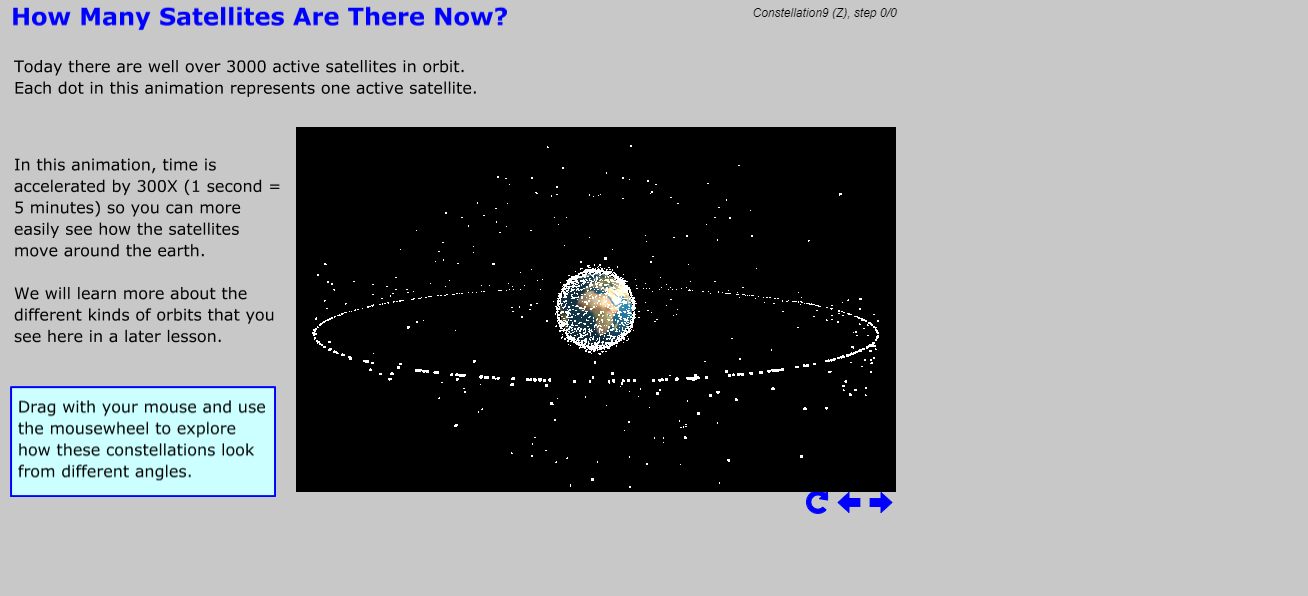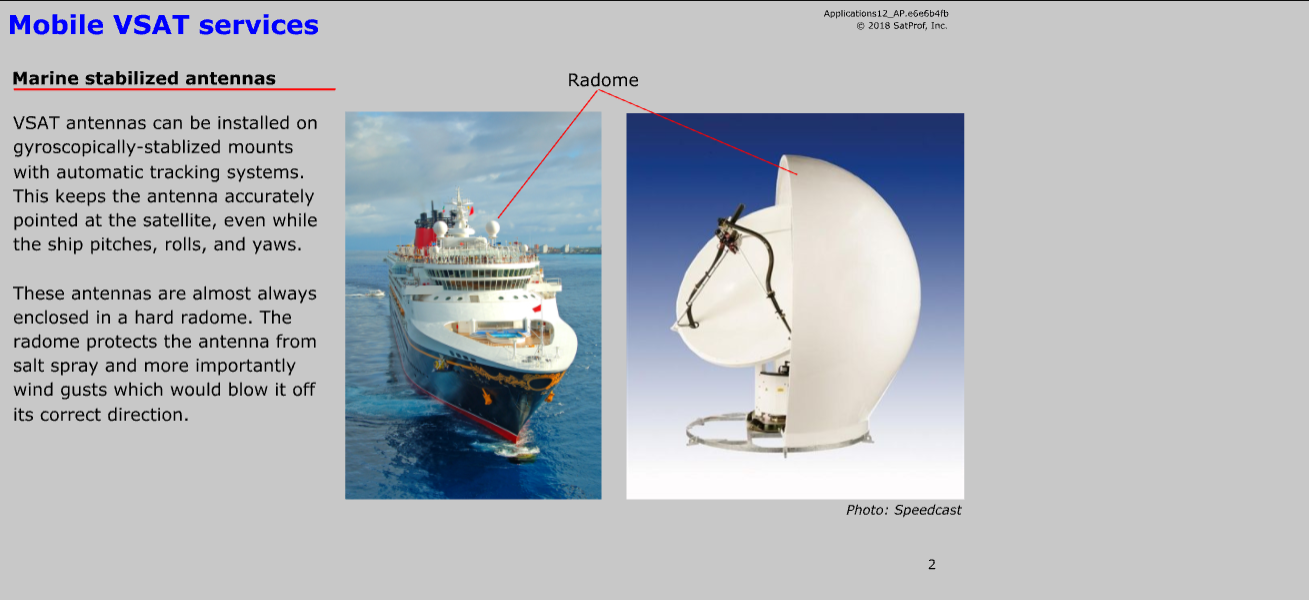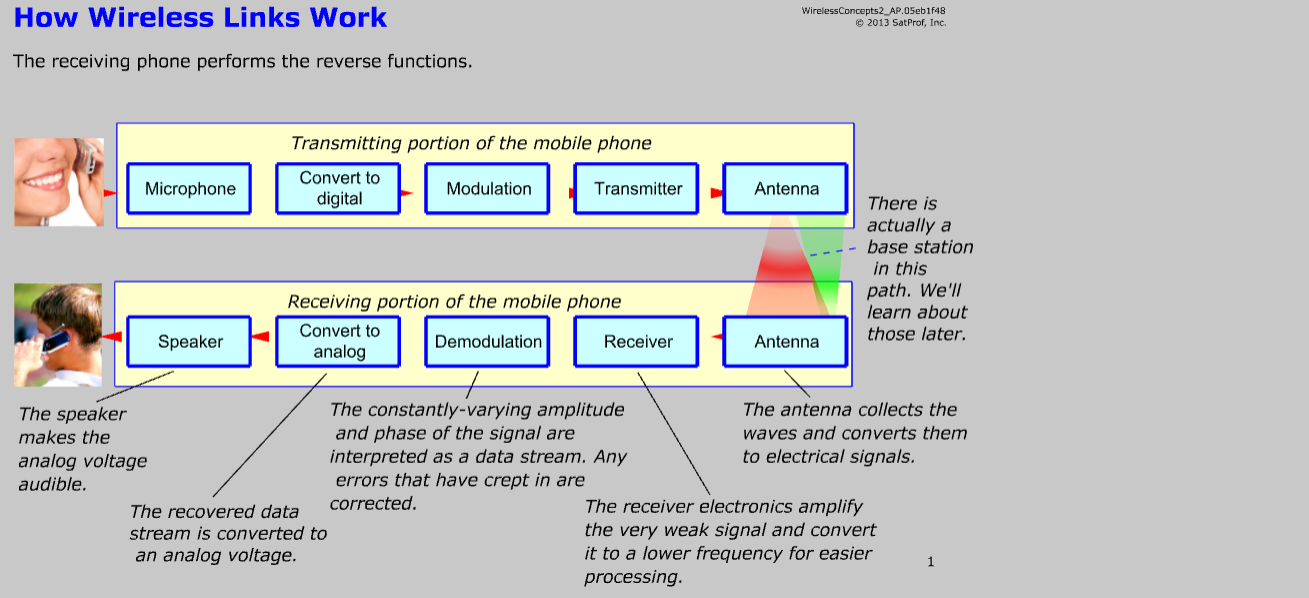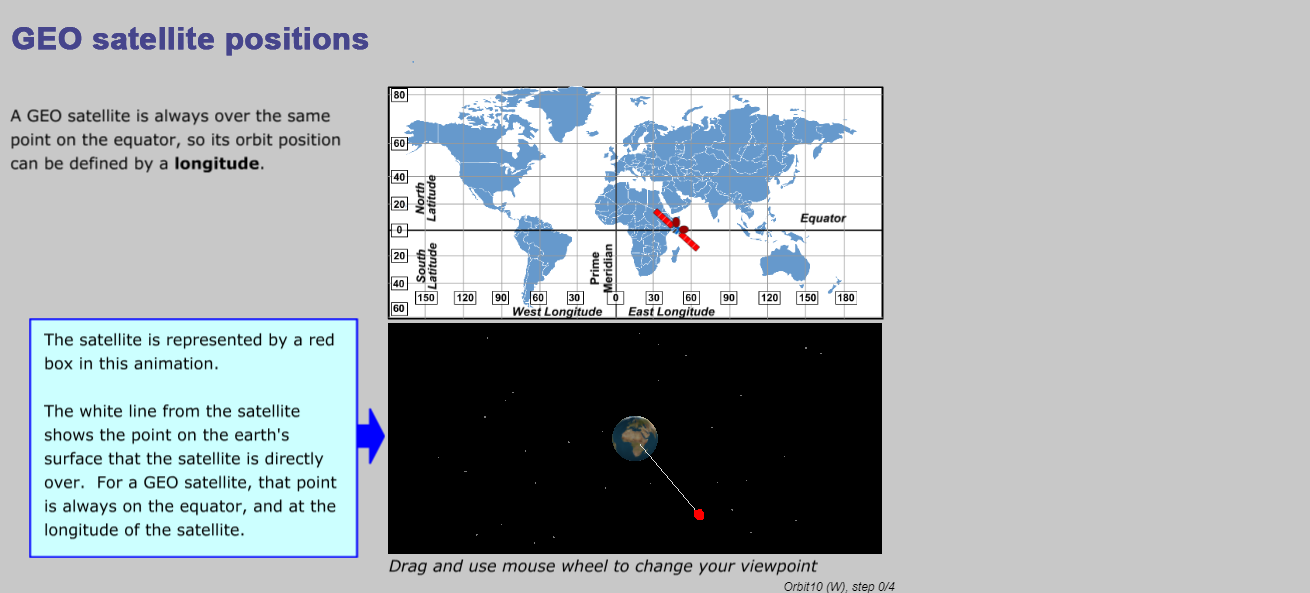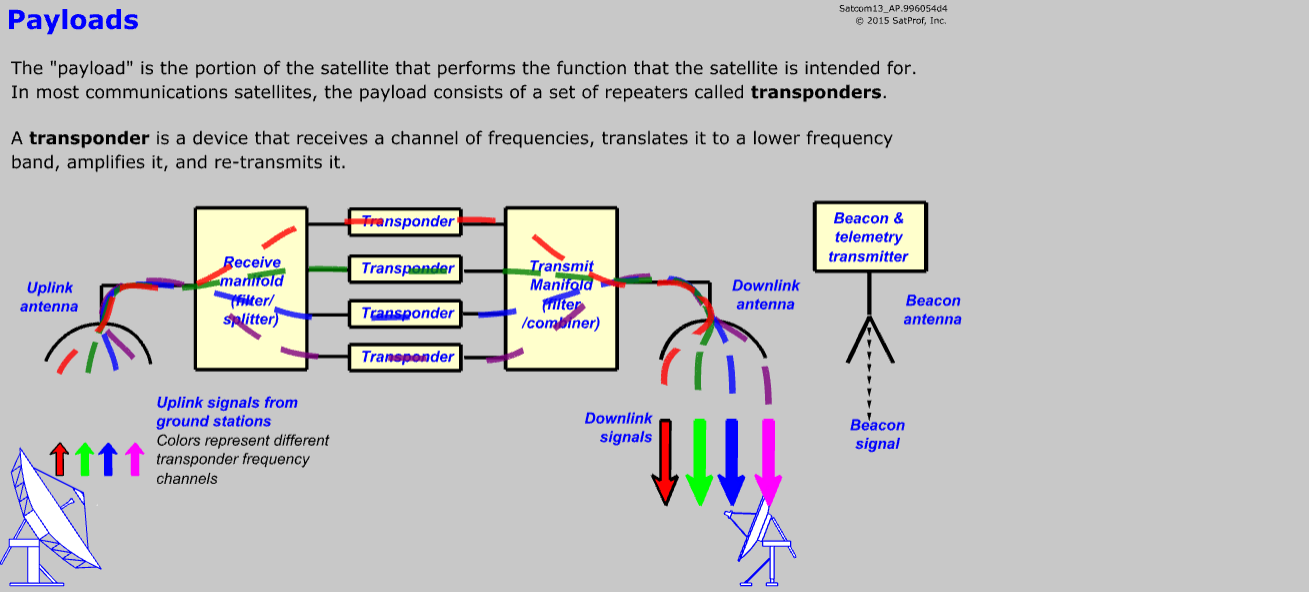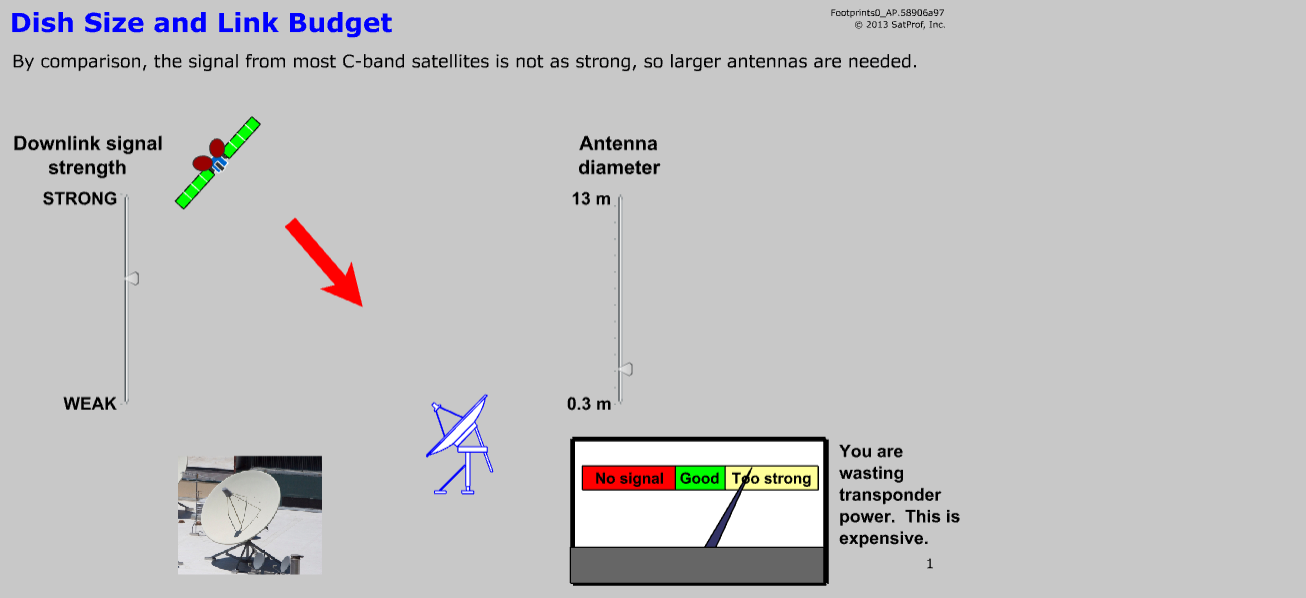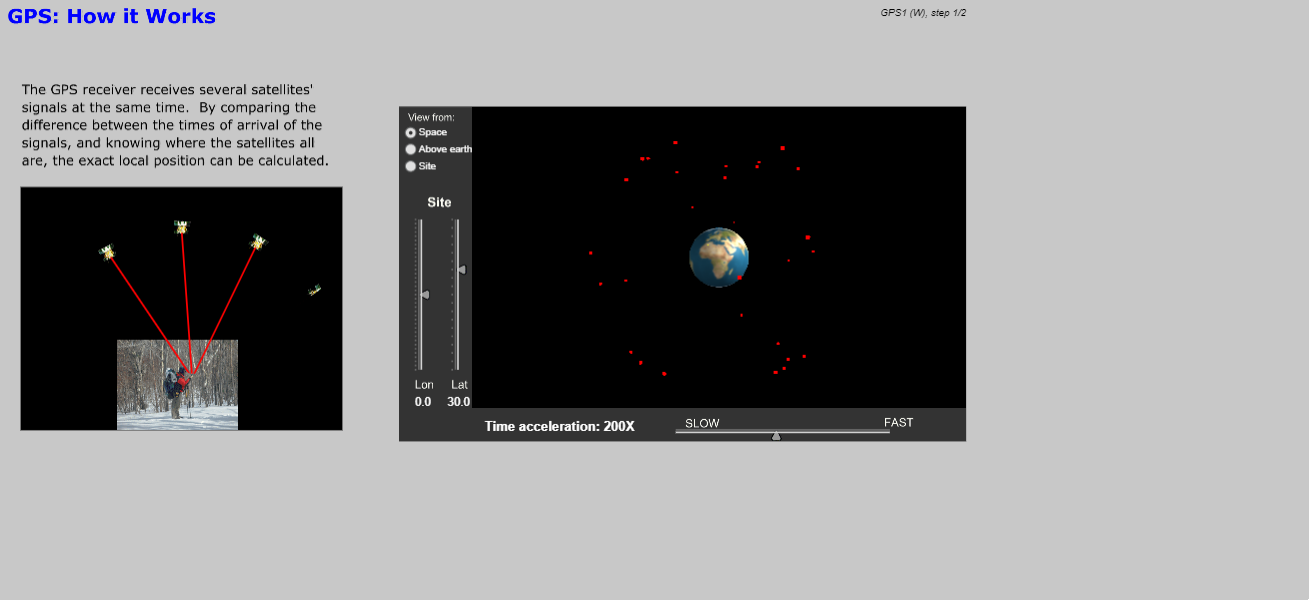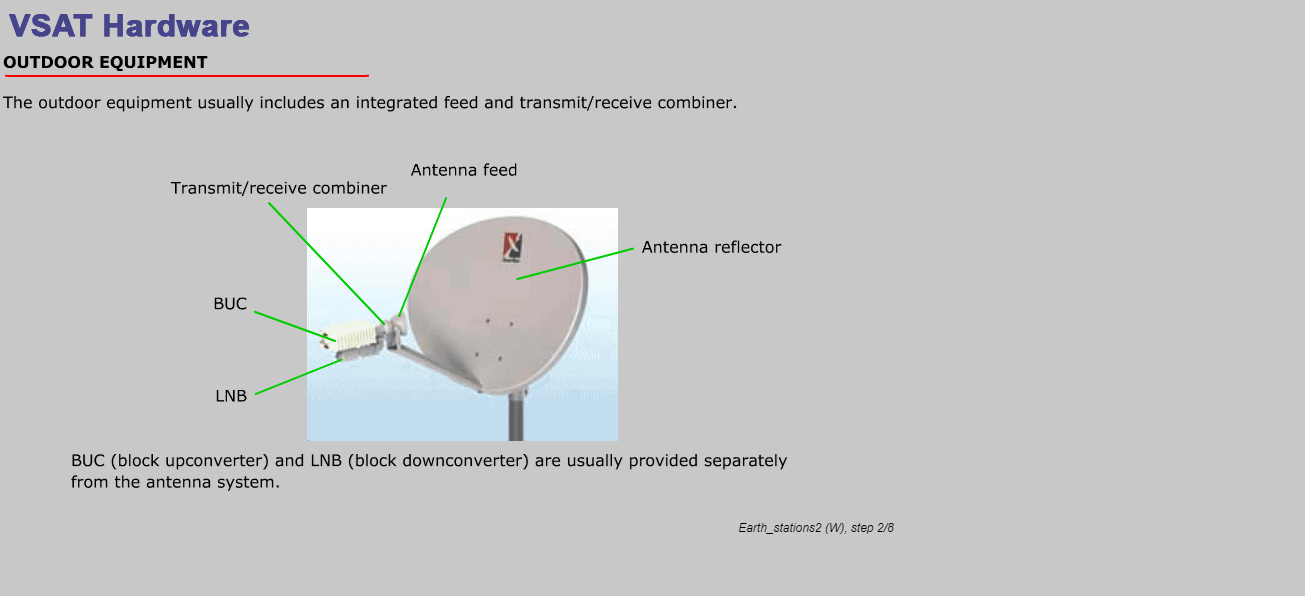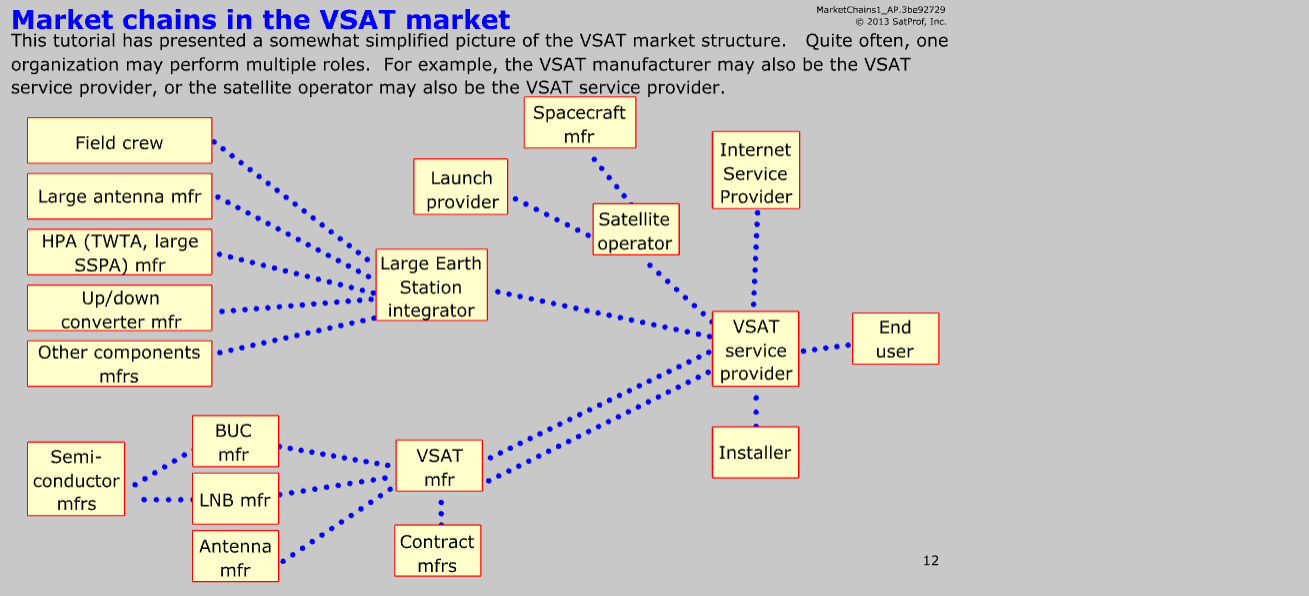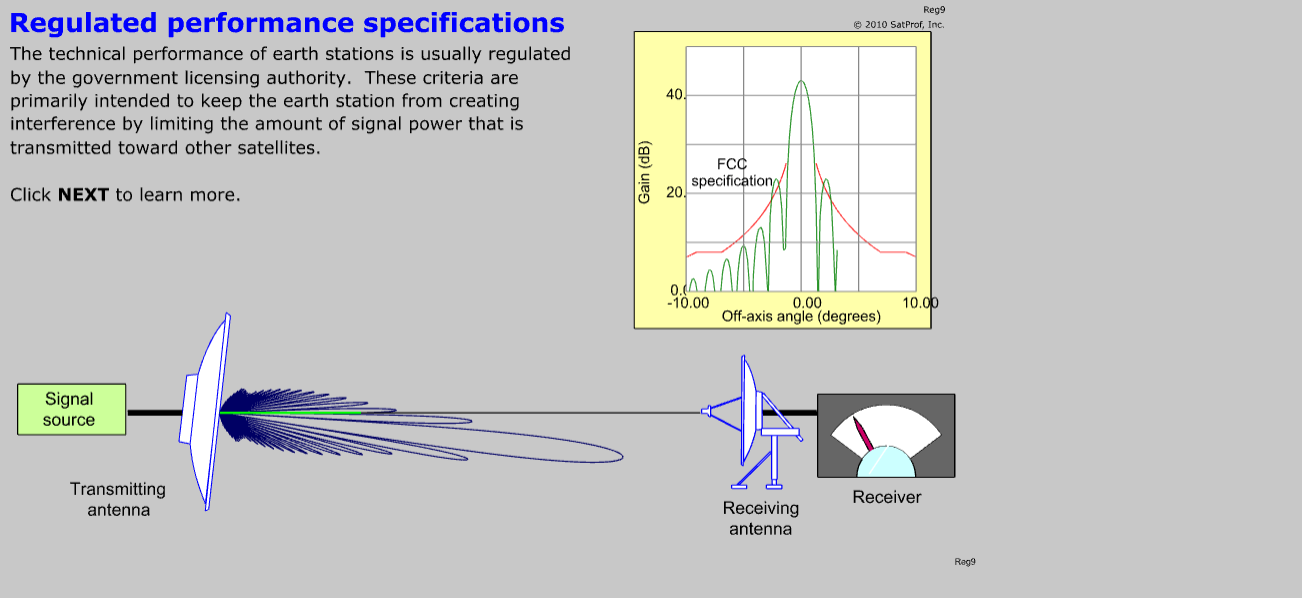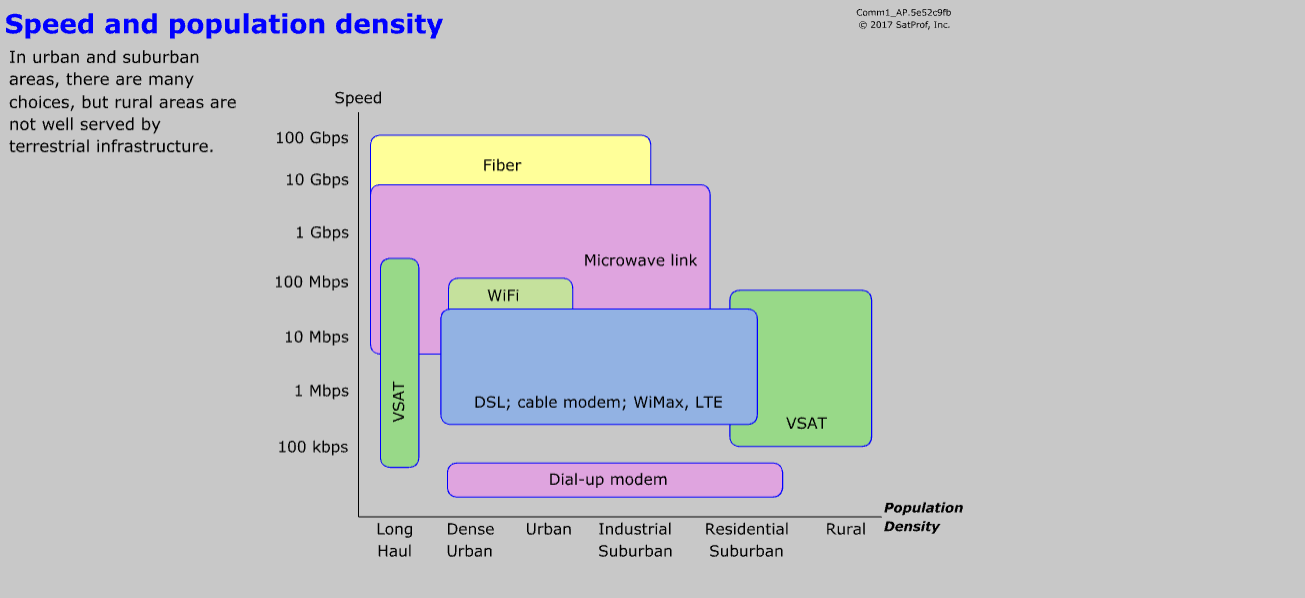Summary
-
Comprehensive overview of the technology and business of satellite communications.
Description
Covers history, launchers, orbits, frequencies, networks, equipment, bandwidth, applications, markets, regulations, and industry structure, and much more. Upon completion, trainees will be equipped with a solid understanding of how the satcom market is structured and the capabilities of the technology that makes it all possible. Edition 2.1 (Aug 2019) includes high-throughput satellites, new launcher players, new market data, and other updates.
Audience:
Everyone who would benefit from a broad knowledge of industry fundamentals, including sales executives, marketing managers, business leaders, and technical, engineering, operations, quality, and customer service staff.
Certificate:
A quiz after each lesson reinforces student knowledge. A GVF certificate of completion is generated when the student has visited all pages and passed all quizzes.
Prerequisites:
General familiarity with computer and voice communications
Delivery:
Animated & interactive HTML5, self-paced, on-line format. Requirements: internet access while studying the course material (high speed preferred ); current browser with JavaScript enabled; permission to access SatProf server and learning system websites; mouse.Lessons
11 lessons
- Introduction. History of satellite communications. The first satellite. How many satellites are there now? Today's satellite market. The Global VSAT Forum. What will we learn in this course? Terms you should know.
- Applications. Direct-To-Home (DTH) Television. Broadcast program distribution. Internet backhaul. Voice and data trunking. Mobile base station backhaul. Enterprise VSAT. Consumer broadband. Rural telephony. Satellite radio (DARS). Mobile satellite services (MSS). Mobile VSAT services. Transportable VSATs. Energy (oil and gas). Navigation. Tracking. Military. E-government. Other VSAT applications. Disaster preparedness. Earth observation.
- Wireless concepts. How wireless links work. Repeaters and base stations. Antennas are important. Coverage area.
- Orbits and launches. Gravity controls orbits. Ballistics experimenter. Orbit experimenter. Satellites in orbit (animated). Satellites viewed from the ground (animated). The great LEO vs. GEO debate. GEO satellite positions. Orbit slots. Co-location. Launch vehicles. Getting to orbit. Multiple payloads.
- Spacecraft technology. What is a satellite? How big is a satellite? What a satellite needs to function. Payloads. Transponders. Stationkeeping and lifetime. High throughput satellites (HTS).
- Satellite links. Link budgets and why they control the business model. What dish size is necessary? Spot beams. EIRP and G/T. Footprints and spot beams. Contours. Polarization. Pol frequency re-use. Circular polarization. Frequency bands. Rain fading and availability.
- Network technologies. Direct broadcast television. Program distribution. Point-to-point links. Star VSAT networks. Time Division Multiplexing (TDM). Time Division Multiple Access (TDMA). Mesh networks. One hop or two? Interoperability. Hybrid networks. Satellite radio (SDARS). GPS - how it works. LEO satellites for mobile service. GEO satellites for mobile service.
- Ground equipment for GEO satcom. Antennas for VSATs and large earth stations. RF electronics. Modems. VSAT electronics. Interoperability issues. Large antennas. High-power RF amplifiers. Up-down-converters. LNBs and LNAs. Modems. VSAT antennas. Receive only antennas. IRDs. VSAT indoor units. Video encoders.
- Satellite Industry Structure. Market chains for the VSAT market. Market chains for the DTH market. Market chains for the GMPCS market. Horizontal markets. Launch industry: major players in the industry; launch costs; insurance; launch market size; future trends. The spacecraft industry: satellite costs, major industry players, market size and trends. Satellite operators: the major global, regional, and DTH GEO satellite operators; satellite radio (DARS) operators; mobile satellite service operators. Service providers and integrators. Ground equipment market segments, sizes, and trends.
- Regulatory issues. How is satcom regulated? Frequency bands and regions. Slot allocation and coordination. Open skies. Earth station licenses. License fees. Regulated performance specifications. Type approvals and homologation. CE marking. Satellite operator verification and type approvals. Band sharing with fixed communications. Band sharing with mobile communications. Network licenses and restrictions. Local regulations. Radiation safety regulations.
- Comparing satellite. Wired communications. Wireless communications. Speed and population density. Comparing economics. What about fiber? Undersea fiber routes. Population density.
